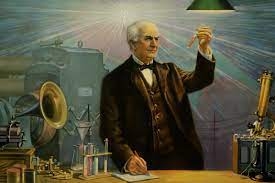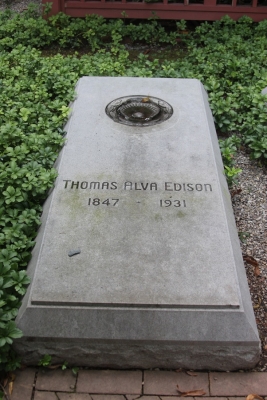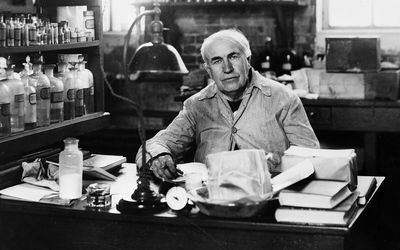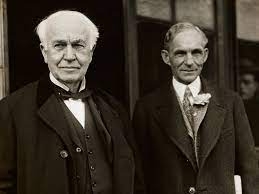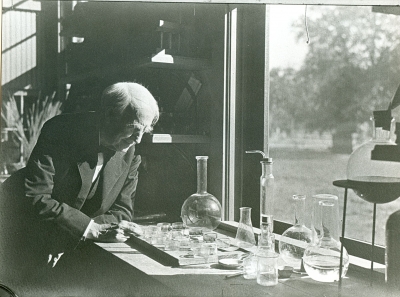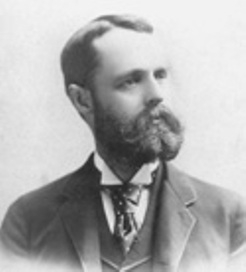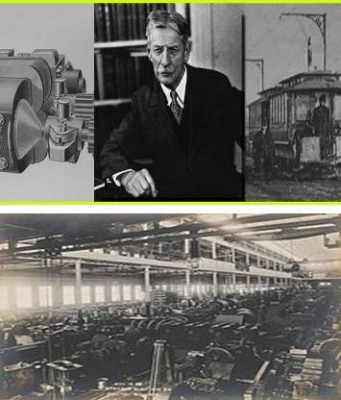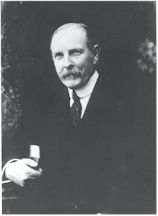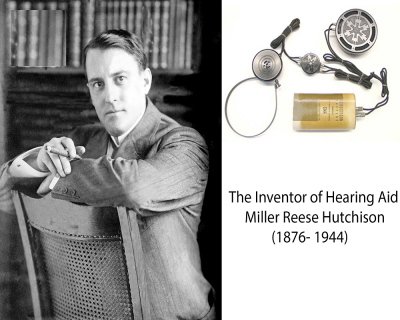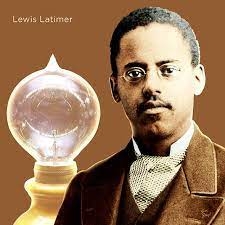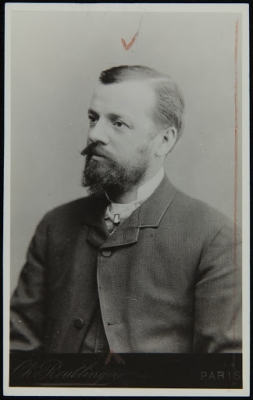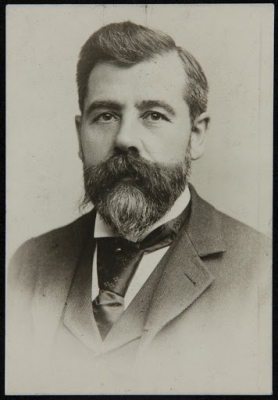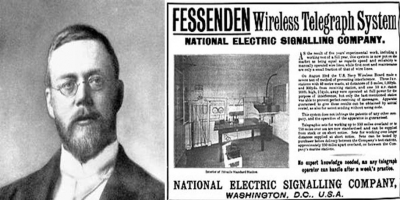Which are the most famous monuments related to Edison?
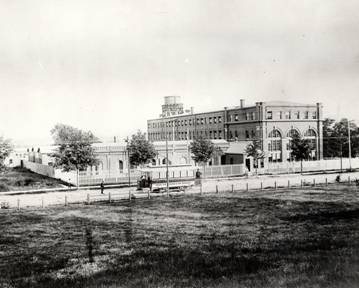
The Menlo Park area of Edison in Middlesex County, New Jersey proudly hosts the Thomas Edison Centre, which is also known as the Menlo Park Museum or the Edison Memorial Tower. The centre consists of the Art Deco Edison Memorial Tower and a small museum and education centre. The tower was dedicated on February 11, 1938, the day of Edison’s 91st birth anniversary. It stands right at the place where the Menlo Park laboratory had once stood. This place is included in the National Register of Historic Places.
The Thomas Edison National Historical Park in West Orange is another monument kept to maintain Edison’s memory. It includes the West Orange Laboratory and Glenmont, the house where Edison lived.
Picture Credit : Google
